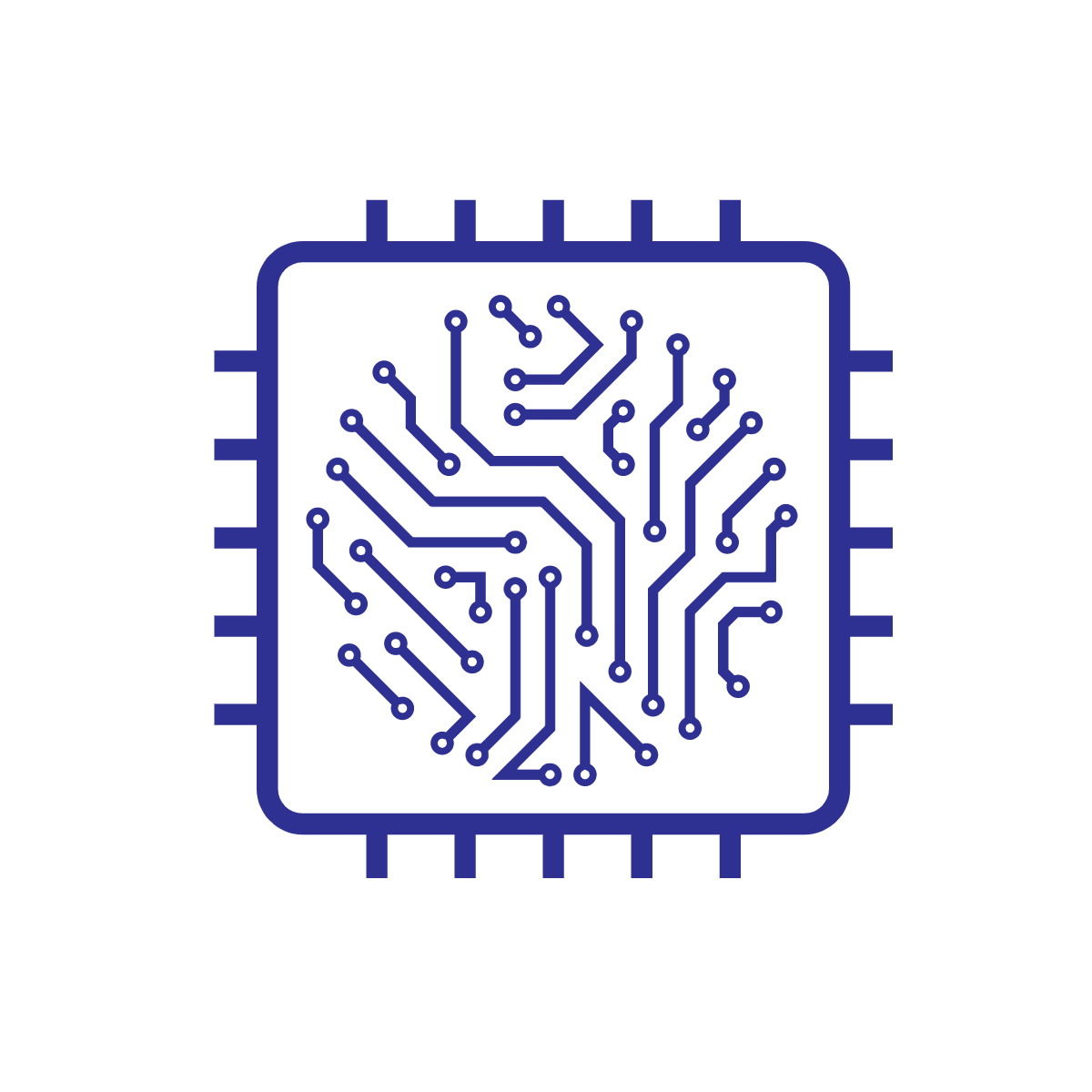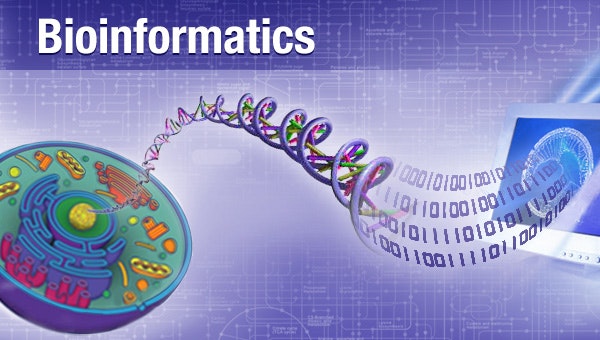Back to Courses









Health Informatics Courses - Page 5
Showing results 41-50 of 93

Qualitative Data Collection Methods
This course presents a detailed overview of qualitative methods of data collection, including observation, interviews, and focus group discussions. We will start with an in-depth overview of each method, explore how to plan for data collection, including developing data collection guides, and discuss techniques for managing data collection. For observation, we’ll focus on approaches with low levels of interaction with people and the environment (e.g. non-participant observation). We’ll talk about note-taking strategies, the use of observation guides, and approaches to writing up fieldnotes. For interviews, we’ll discuss development of effective question guides and demonstrate interviewing techniques. For focus group discussions, we’ll highlight moderation strategies and how to integrate activities into question guides to promote interaction in the group setting. Finally, we’ll briefly discuss the transcription process for recorded interviews and focus group discussions. Learners of this course will not only be able to put what they learn into practice, but they'll also develop a portfolio of qualitative research materials for career advancement.
Clinical Decision Support Systems - CDSS 4
Machine learning systems used in Clinical Decision Support Systems (CDSS) require further external validation, calibration analysis, assessment of bias and fairness. In this course, the main concepts of machine learning evaluation adopted in CDSS will be explained. Furthermore, decision curve analysis along with human-centred CDSS that need to be explainable will be discussed. Finally, privacy concerns of deep learning models and potential adversarial attacks will be presented along with the vision for a new generation of explainable and privacy-preserved CDSS.

Comparing Genes, Proteins, and Genomes (Bioinformatics III)
Once we have sequenced genomes in the previous course, we would like to compare them to determine how species have evolved and what makes them different.
In the first half of the course, we will compare two short biological sequences, such as genes (i.e., short sequences of DNA) or proteins. We will encounter a powerful algorithmic tool called dynamic programming that will help us determine the number of mutations that have separated the two genes/proteins.
In the second half of the course, we will "zoom out" to compare entire genomes, where we see large scale mutations called genome rearrangements, seismic events that have heaved around large blocks of DNA over millions of years of evolution. Looking at the human and mouse genomes, we will ask ourselves: just as earthquakes are much more likely to occur along fault lines, are there locations in our genome that are "fragile" and more susceptible to be broken as part of genome rearrangements? We will see how combinatorial algorithms will help us answer this question.
Finally, you will learn how to apply popular bioinformatics software tools to solve problems in sequence alignment, including BLAST.

Multiple Regression Analysis in Public Health
Biostatistics is the application of statistical reasoning to the life sciences, and it's the key to unlocking the data gathered by researchers and the evidence presented in the scientific public health literature. In this course, you'll extend simple regression to the prediction of a single outcome of interest on the basis of multiple variables. Along the way, you'll be introduced to a variety of methods, and you'll practice interpreting data and performing calculations on real data from published studies. Topics include multiple logistic regression, the Spline approach, confidence intervals, p-values, multiple Cox regression, adjustment, and effect modification.

Predictive Modeling and Transforming Clinical Practice
This course teaches you the fundamentals of transforming clinical practice using predictive models. This course examines specific challenges and methods of clinical implementation, that clinical data scientists must be aware of when developing their predictive models.

Qualitative Research Design
This course introduces qualitative research, compares and contrasts qualitative and quantitative research approaches, and provides an overview of qualitative methods for data collection. It outlines a step-by-step approach to qualitative research design that begins by identifying a public health topic of interest, works to hone in on a specific research problem, and then specifies research questions, objectives, and specific aims. The course emphasizes the iterative nature of research design in qualitative inquiry and highlights the importance of specifying a population of interest, an appropriate sampling strategy, and potential approaches to recruitment. It introduces the relationship between these considerations and key concepts such as saturation and transferability in qualitative research. Finally, the course considers ethical concerns specific to qualitative research and potential solutions. Learners of this course will not only be able to put what they learn into practice, but they'll also develop a portfolio of qualitative research materials for career advancement.

Capstone Project: Advanced AI for Drug Discovery
In this capstone project course, we'll compare genome sequences of COVID-19 mutations to identify potential areas a drug therapy can look to target. The first step in drug discovery involves identifying target subsequences of theirs genome to target. We'll start by comparing the genomes of virus mutations to look for similarities. Then, we'll perform PCA to cut down our number of dimensions and identify the most common features. Next, we'll use K-means clustering in Python to find the optimal number of groups and trace the lineage of the virus. Finally, we'll predict similarity between the sequences and use this to pick a target subsequence. Throughout the course, each section will consist of a programming assignment coupled with a guide video and helpful hints. By the end, you'll be well on your way to discovering ways to combat disease with genome sequencing.

Nursing Informatics Leaders
In this course, we explore the AMIA Nursing Informatics History Project. By the end of the module, you will understand the resources available that will be used in this course to learn about the first hand experiences, future vision, and lessons learned in becoming a nursing informatics pioneer.
Course Objectives:
• Explore the history of technology and its relationship to the beginning of nursing informatics to understand historical context and evolution of the specialty
• Discover the AMIA Nursing Informatics History Project website to gain insight about nursing informatics pioneer leaders and leadership
• Explain the criteria used for choosing the pioneering leaders in nursing informatics to understand how the project was conducted and who the pioneers were
• Examine leadership lessons learned from one of the pioneers and compare to the insights presented to appreciate diverse historical leadership roles and scenarios

Bioinformatics: Introduction and Methods 生物信息学: 导论与方法
A big welcome to “Bioinformatics: Introduction and Methods” from Peking University! In this MOOC you will become familiar with the concepts and computational methods in the exciting interdisciplinary field of bioinformatics and their applications in biology, the knowledge and skills in bioinformatics you acquired will help you in your future study and research.
Course materials are available under the CC BY-NC-SA License.

AI in Healthcare Capstone
This capstone project takes you on a guided tour exploring all the concepts we have covered in the different classes up till now. We have organized this experience around the journey of a patient who develops some respiratory symptoms and given the concerns around COVID19 seeks care with a primary care provider. We will follow the patient's journey from the lens of the data that are created at each encounter, which will bring us to a unique de-identified dataset created specially for this specialization. The data set spans EHR as well as image data and using this dataset, we will build models that enable risk-stratification decisions for our patient. We will review how the different choices you make -- such as those around feature construction, the data types to use, how the model evaluation is set up and how you handle the patient timeline -- affect the care that would be recommended by the model. During this exploration, we will also discuss the regulatory as well as ethical issues that come up as we attempt to use AI to help us make better care decisions for our patient. This course will be a hands-on experience in the day of a medical data miner.
The Stanford University School of Medicine is accredited by the Accreditation Council for Continuing Medical Education (ACCME) to provide continuing medical education for physicians. Visit the FAQs below for important information regarding 1) Date of original release and Termination or expiration date; 2) Accreditation and Credit Designation statements; 3) Disclosure of financial relationships for every person in control of activity content.
Popular Internships and Jobs by Categories
Find Jobs & Internships
Browse
© 2024 BoostGrad | All rights reserved